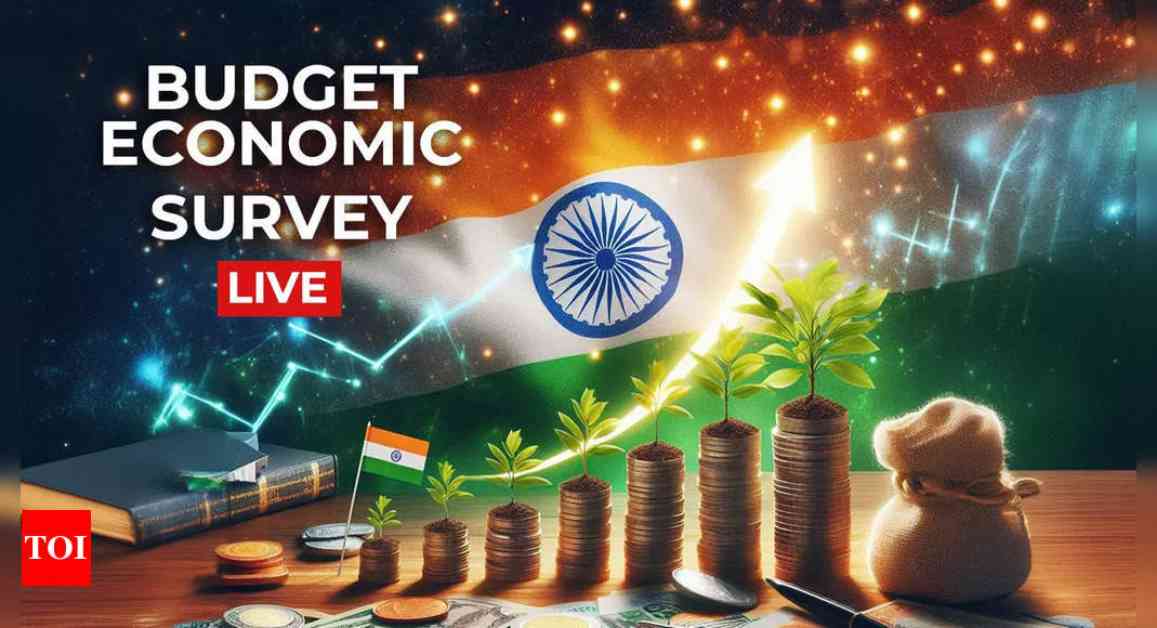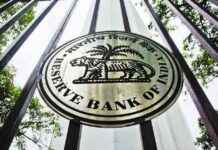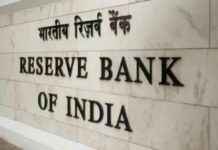The Economic Survey 2025 Live Updates reveal a nuanced picture of the global economic landscape, highlighting the steady yet uneven growth experienced in various regions. The article delves into the impact of the slowdown in global manufacturing, particularly in Europe and parts of Asia, attributed to supply chain disruptions and weak external demand. In contrast, the services sector emerged as a supportive force, driving growth in many economies. While inflationary pressures have eased in most economies, persistent services inflation remains a concern.
The article underscores the significance of ongoing geopolitical tensions, conflicts, and trade policy risks that continue to pose challenges to global economic stability. Within this global context, India emerges as a beacon of steady economic growth. The first advance estimates of national accounts project India’s real GDP to grow by 6.4 percent in FY25, with growth driven by agriculture and services sectors.
Private consumption remains stable, reflecting steady domestic demand, while fiscal discipline and a strong external balance contribute to macroeconomic stability. Looking ahead, India’s economic prospects for FY26 are described as balanced, with factors such as geopolitical uncertainties and commodity price shocks posing headwinds to growth. Domestically, the translation of order books in the private capital goods sector and improvements in consumer confidence are identified as key drivers of growth.
The article also touches upon the importance of private sector participation in infrastructure development, emphasizing the need for increased capacity and confidence in risk-sharing mechanisms. The government’s focus on infrastructure development, including physical, digital, and social aspects, is noted as a central theme of the Economic Survey 2025. The importance of sustainable construction practices and the role of public-private partnerships in infrastructure development are highlighted.
The global context of easing inflationary pressures and divergent monetary policies across regions is explored, shedding light on how central banks are adopting accommodative measures to stimulate growth. The article also underscores the resilience of the Indian economy amidst global economic uncertainties, with a focus on sustaining growth through structural reforms and deregulation to enhance global competitiveness.
As Finance Minister Nirmala Sitharaman tables the Economic Survey 2024-25 in the Lok Sabha, the stage is set for a comprehensive assessment of the nation’s economic performance and future prospects. The Economic Survey serves as a crucial precursor to the upcoming Union Budget, offering insights into policy directions and growth strategies that will shape India’s economic trajectory in the coming years.























